
- HongKong Eagles Bearing Co,Ltd.
- SL Type Cylindrical Roller Bearings NTN OILFIELD MUD PUMP BEARINGS Full Row of Cylindrical Roller Bearings
Home> Technical Articles> Bearing lubrication selection and maintenance
- AddressNathan 25-26, Tsimshatsui Kowloon Hongkong
- Factory AddressNathan 25-26, Tsimshatsui Kowloon Hongkong
- Worktime9:00-18:00
- Phone(Working Time)Tel:00852-68515715
- FaxTel:00852-68515879
Bearing lubrication selection and maintenance
2018-11-08 16:32:28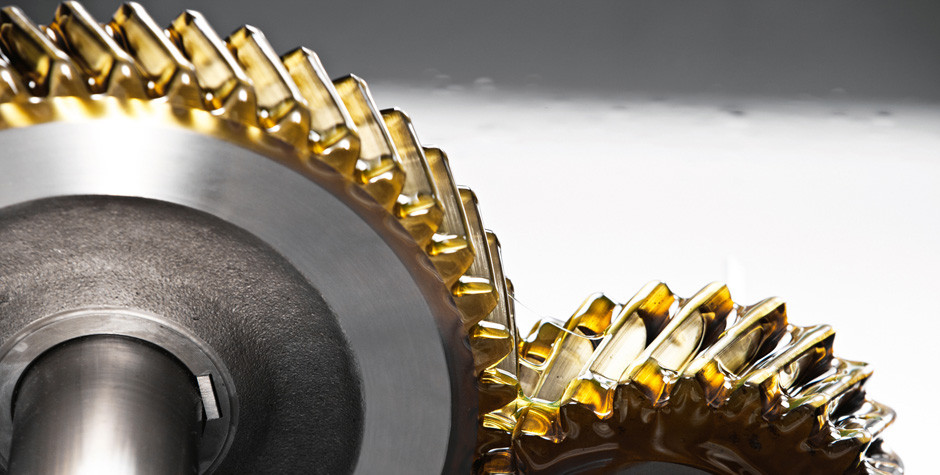
First, the role of bearing lubrication: lubrication is a necessary condition to ensure the normal operation of the bearing. Lubrication has an important influence on the fatigue life of the roller bearing and friction, wear and vibration, and about 40% of the bearing damage is related to poor lubrication. The purpose of bearing lubrication is to form an oil film between the rolling surfaces of the bearing to prevent direct contact between the metal and the metal. The effect of lubrication on the rolling bearing is as follows: 1. Reduce friction and wear and prolong the life of the bearing; 2. Discharge friction heat to prevent excessive temperature rise of the bearing; 3. Prevent foreign matter from invading and play a role of sealing; 4. Prevent metal corrosion.
Second, the comparison of grease lubrication and oil lubrication: rolling bearings are almost always greased or lubricated, and some special applications are lubricated with solid lubricants such as molybdenum disulfide and graphite. In grease lubrication and oil lubrication, grease lubrication is the most used, and about 80% of rolling bearings are greased. Compared with oil lubrication, grease lubrication has the following advantages: 1. The lubrication device is simple; 2. The grease is not easy to leak, the sealing structure of the bearing is simple; 3. The maintenance and maintenance of the bearing is convenient; 4. The grease has a sealing effect and can prevent External dust, moisture and other impurities invade the bearing; 5. It is easy to improve the cleanliness of the mechanical device. The disadvantage of grease lubrication is that the bearing friction is large, the heat dissipation is not good, and the allowable rotation speed is relatively low. The speed parameter dMn of grease-lubricated bearings generally cannot exceed 300,000 mm.r / min. When the temperature is high, the base oil of the grease will accelerate the evaporation and oxygen changes, and the colloidal structure of the grease will also accelerate the oil separation. As the temperature increases, the grease life decreases rapidly. The relationship between the service temperature and the life of most greases is: when the bearing temperature is above 80 °C, the grease life is reduced by 1/2 for every 10 to 15 °C increase in temperature. Therefore, in addition to special high temperature greases, general greases cannot be used at high temperatures. Compared with grease lubrication, oil lubrication has the following advantages: 1. Suitable for high-speed rotation; 2. High temperature stability, suitable for use at high temperature; 3. Good heat dissipation, oil lubrication can be used for cooling; 4. Easy to remove bearing internals Abrasive grains and sundries; 5, can share a lubricant with the surrounding parts of bearings such as gears, to achieve common lubrication.
Third, the choice of lubricant: the choice of a suitable lubricant is a complex work, in addition to some necessary quantitative calculations (such as oil film lubrication parameters), should also consider the following factors: 1, the working temperature of the bearing, The viscosity of the rotating speed and load lubricant has a great influence on the thickness of the oil film. The lower the viscosity of the lubricating oil, the worse the oil film carrying capacity and the more easily the oil film breaks. In order to form the desired oil film thickness, the lubricant must have a certain viscosity at the operating temperature. The viscosity of the lubricant decreases with increasing temperature. Therefore, when the working temperature is high, the lubricant with higher viscosity should be used. When the working temperature is low, the lubricant with lower viscosity should be used. For grease lubrication, the dropping point of the lubricant indicates the high and low temperature performance of the grease. When the working temperature is high, the grease with a high dropping point should be used. Generally, the maximum use temperature should be lower than the dropping point of 10 to 20 ° C, and the use temperature of the synthetic grease should be lower than the dropping point of 20 to 30 ° C. When the working temperature is high, a high temperature agent with good viscosity and good oxidation resistance should be used; when the working temperature is low, a low temperature fluidity good lubricant should be used. The lubricant in the bearing creates viscous frictional resistance during bearing operation. At the same speed, the greater the viscosity, the greater the friction, the higher the temperature rise, and the lower the working viscosity of the lubricant. Therefore, when the rotation speed is high, the lubricant with lower viscosity or the grease with lower viscosity of the base oil should be selected. The bearing load affects the thickness of the oil film. The larger the load, the smaller the oil film thickness. Therefore, the lubricant with lower viscosity should be used for light load. The higher viscosity should be used for heavy load and the extreme pressure additive should be added.
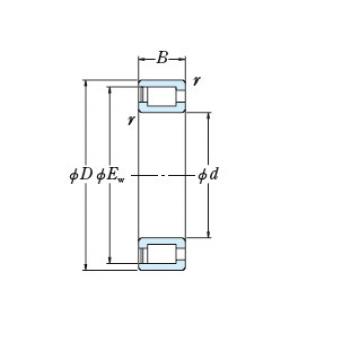 Bearing NNCF4872V
Bearing NNCF4872V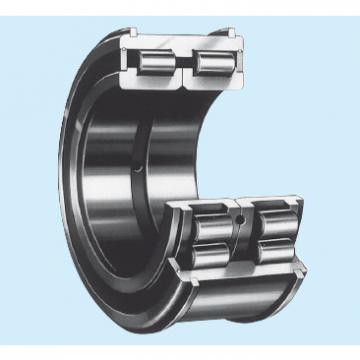 Bearing NCF2924V
Bearing NCF2924V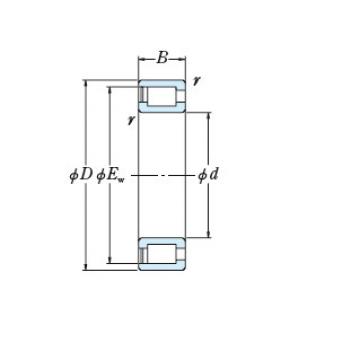 Bearing NCF2936V
Bearing NCF2936V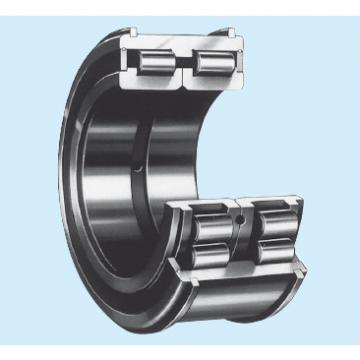 Bearing NNCF5026V
Bearing NNCF5026V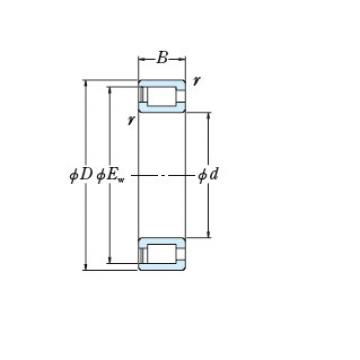 Bearing RSF-4830E4
Bearing RSF-4830E4